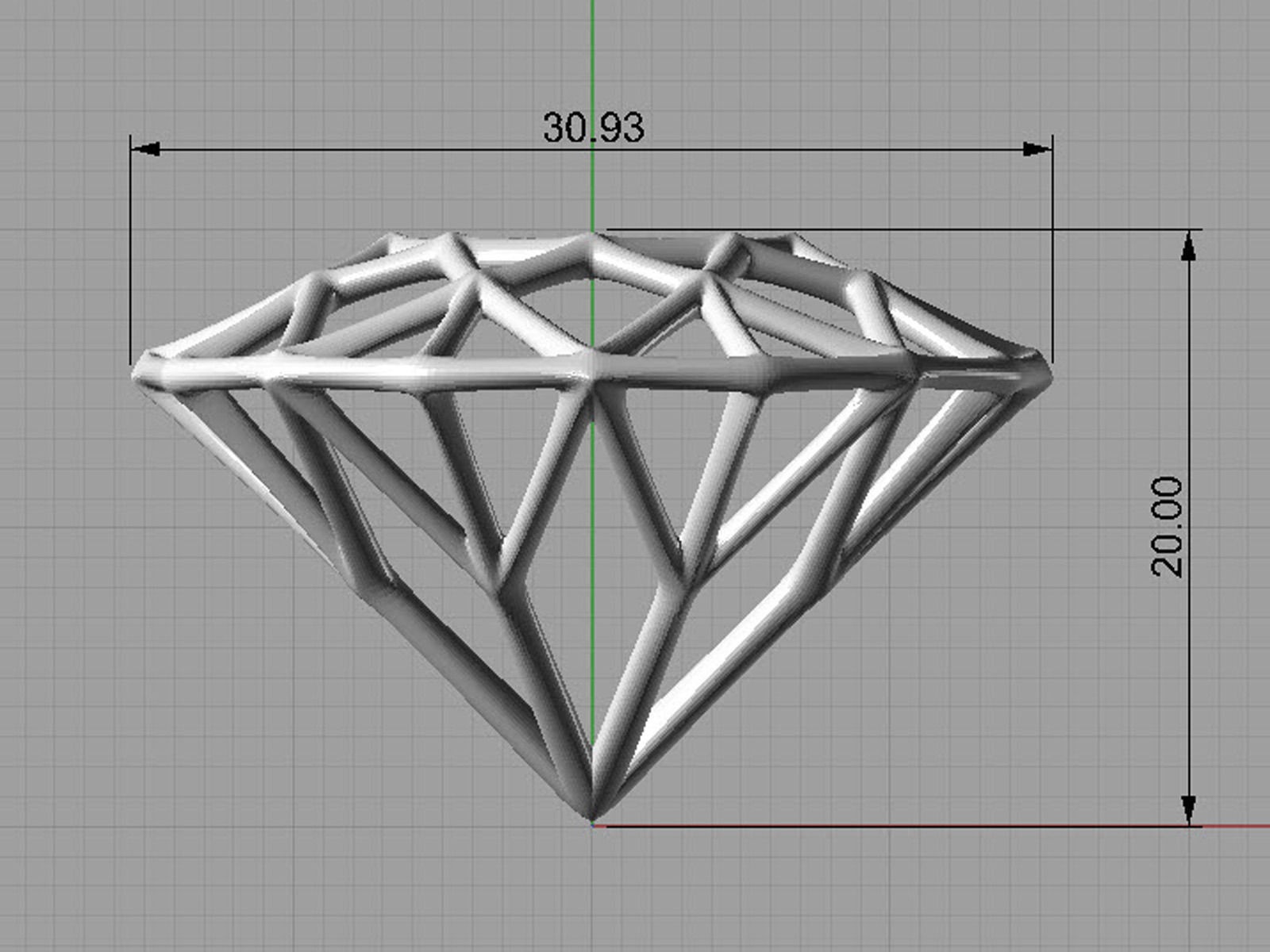


In the present study, using wireless telemetry in rats exploring a cubic lattice maze (Fig. However, previous studies on vertical surfaces found that grid fields formed vertical stripes 14 or expanded blobs 15 depending on the locomotor affordances (movement constraints) of the surface. Theoretical considerations suggest that in a volumetric space, the corresponding (and theoretically optimal) grid structure for 3D spatial mapping would be an HCP or face-centered-cubic (FCC) lattice of firing fields 8, 9, 10, 11, 12, 13 (Fig. We investigated whether this map could be founded on a regular 3D entorhinal grid. 4), form spatially defined firing fields in a volumetric environment in both bats 5, 6 and rats 7, suggesting a capacity for the vertebrate brain to fully map volumetric space.

Hippocampal place cells, the core of the cognitive map in mammals 2 and probably birds 3 (but see ref. An unresolved but central question is whether this map can be three-dimensional (3D), as befits the behavioral ecology of most vertebrates. Thus, grid self-organization is shaped by the environment’s structure and/or movement affordances, and grids may not need to be regular to support spatial computations.Įntorhinal grid cells tile a horizontal environment’s surface with a hexagonal-close-packed (HCP) array of approximately circular firing fields, the regular spacing of which is widely thought to provide a distance metric supporting the brain’s spatial cognitive map 1. However, although most grid fields were ellipsoid, they were sparser, larger, more variably sized and irregularly arranged, even when only fields abutting the lower surface (equivalent to the floor) were considered. In the present study, we report that, in rats foraging in a cubic lattice, grid cells maintained normal temporal firing characteristics and produced spatially stable firing fields. In three dimensions, theoretically the equivalent firing pattern would be a regular, hexagonal close packing of evenly sized spherical fields. This spatial regularity has been suggested to underlie navigational computations. On a horizontal surface, grid cells usually produce multiple, spatially focal, approximately circular firing fields that are evenly sized and spaced to form a regular, close-packed, hexagonal array. We investigated how entorhinal grid cells encode volumetric space.


 0 kommentar(er)
0 kommentar(er)
